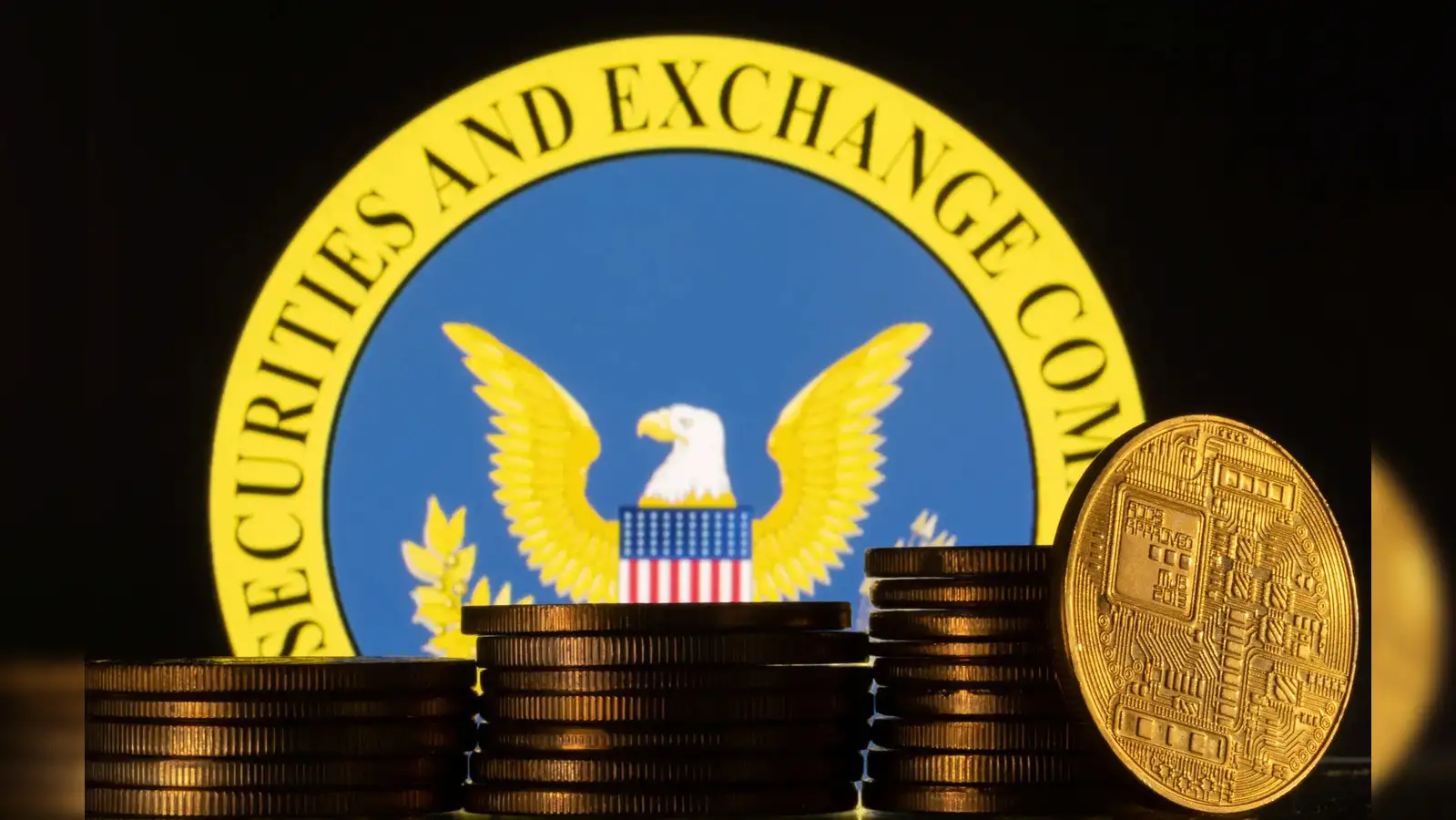The US Crypto Task Force, established by President Donald Trump earlier this year, has been holding crucial roundtable discussions on the future of cryptocurrency regulations. One of the key topics in the latest meeting was the tokenisation of real-world assets (RWAs), an emerging trend in the Web3 space. Here’s a breakdown of what was discussed and the task force’s evolving approach to crypto regulations.
Introduction
As the US prepares to finalize its crypto rules by August 2025, the Crypto Task Force has been actively engaging with industry leaders to shape a comprehensive regulatory framework. The roundtable meeting held this week focused on the exciting developments in RWA tokenisation, where traditional, illiquid assets are being transformed into liquid, tradable tokens on the blockchain. This shift is part of a larger conversation on Web3 technologies and their potential to reshape the financial landscape.
1. Key Insights from the Roundtable Discussion
During the roundtable, Paul Atkins, the chairperson of the Crypto Task Force, highlighted that the tokenisation of RWAs could unlock significant capital formation opportunities by converting previously hard-to-trade assets into liquid investment options. Atkins compared this shift to the historical evolution of audio recordings, from analog vinyl records to digital formats, emphasizing the transformative potential of Web3 technologies in finance.
- Capital Formation: Tokenisation enables assets to be traded on-chain, improving liquidity.
- Smart Contracts: These contracts can automate dividends and other financial functions, creating a more transparent and efficient process.
- On-Chain Securities: Transitioning securities to blockchain systems could revolutionize how financial markets operate.
2. The Evolution of Crypto Regulations

In his keynote address, Atkins discussed the upcoming crypto regulations that will define the legal boundaries for digital assets, including cryptocurrencies and tokenised RWAs. These guidelines will cover crucial aspects such as the issuance, custody, and trading of digital assets, with a focus on transparency and investor protection.
As the US crypto sector grows, the need for clear rules becomes more apparent. Atkins stressed the importance of establishing clear, sensible guidelines for crypto distributions and custodial practices. He also emphasized supporting registrants with greater flexibility to trade a broader variety of crypto products.
3. Participants and Stakeholders in the Discussion
Notable industry representatives from firms like Fidelity, BlackRock, and Apollo Management attended the meeting, showcasing the broad interest in regulatory clarity within the financial sector. The discussion also involved key figures from the SEC, including Commissioners Hester M. Peirce and Mark T. Uyeda.
These roundtable discussions are part of a series of meetings designed to gather public and industry insights to ensure the regulations reflect the fast-paced developments in the crypto space. The task force is committed to facilitating constructive conversations on the challenges and opportunities posed by Web3.
4. Future of RWA Tokenisation in the US

The shift towards RWA tokenisation is gaining momentum, and the Crypto Task Force is closely monitoring these developments. Tokenisation allows traditional assets such as real estate and commodities to be broken into smaller, tradable pieces, making investment more accessible and efficient.
Atkins believes that this shift will not only make investments more liquid but also promote greater participation in capital markets. The task force is committed to building a regulatory environment that fosters innovation while protecting investors.
Conclusion
As the US nears the finalization of its crypto laws, the Crypto Task Force is working diligently to address key issues around tokenisation, smart contracts, and asset management. The ongoing roundtable discussions serve as a crucial platform for industry leaders to voice their concerns and suggestions, ensuring that the final regulations will benefit both the crypto industry and investors. Stay tuned for more updates as the regulatory landscape continues to evolve.
For more insights into the US government’s approach to crypto, check out our detailed guide on the US Crypto Policy in 2025.









